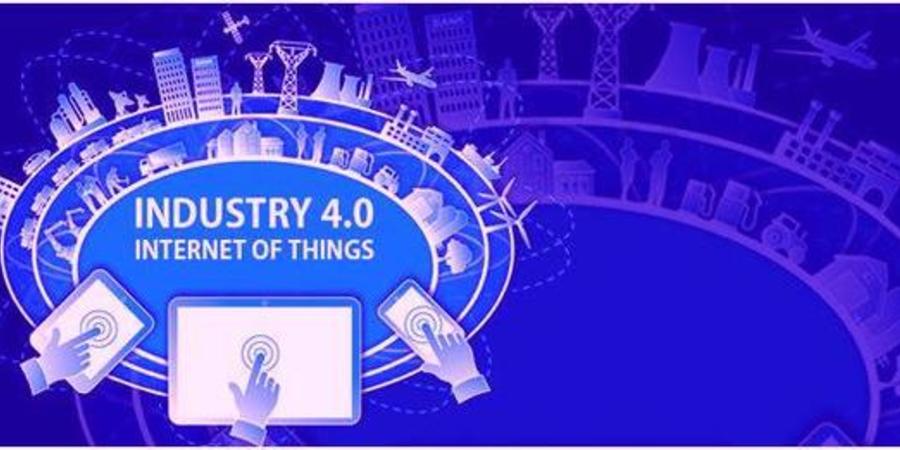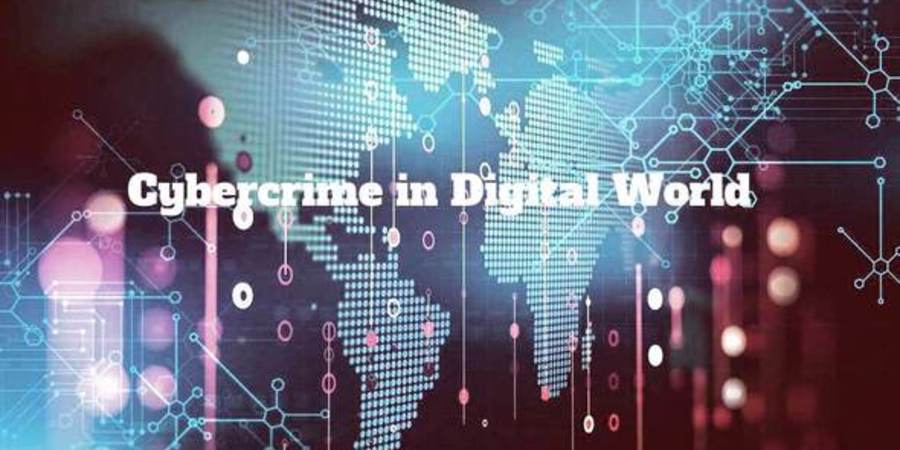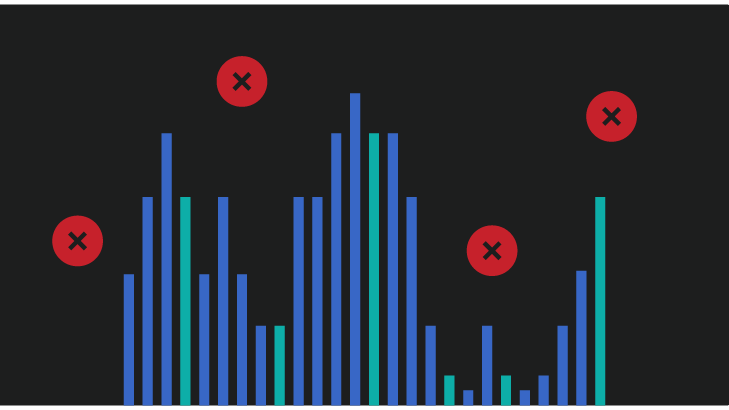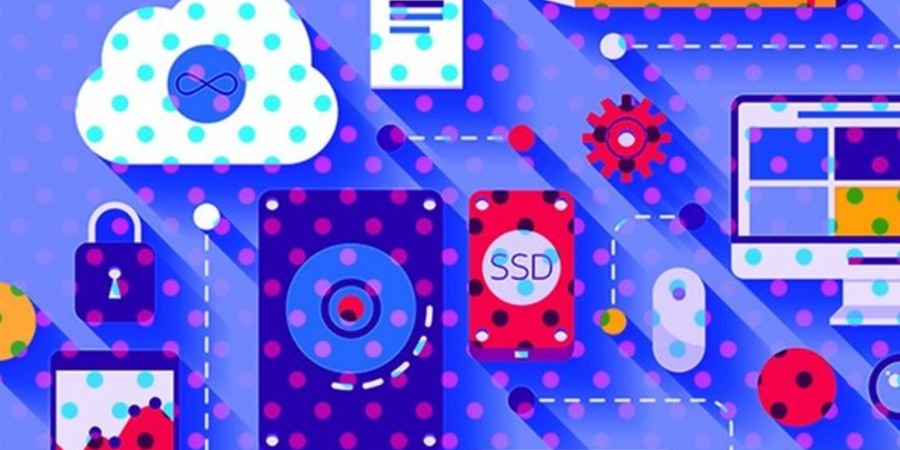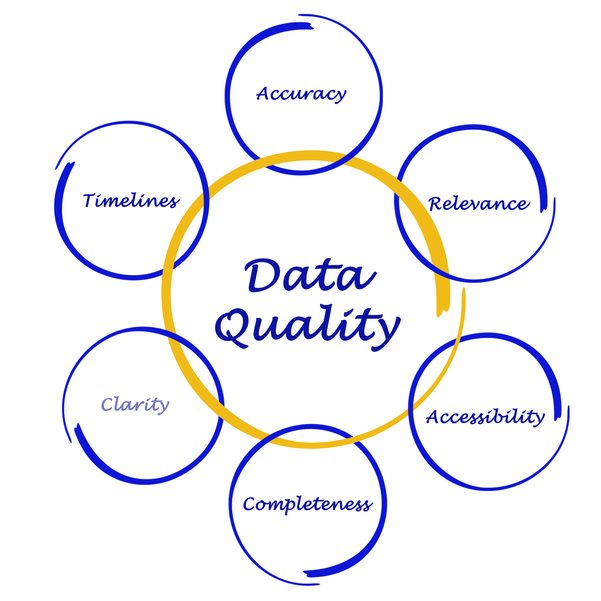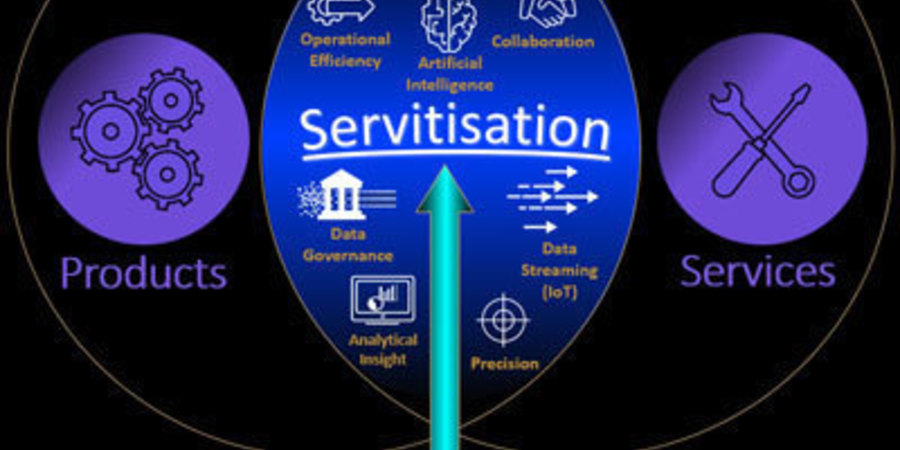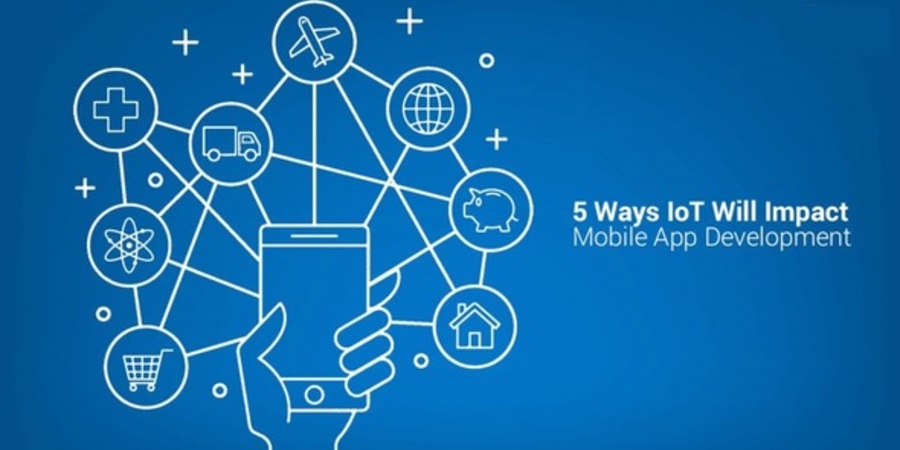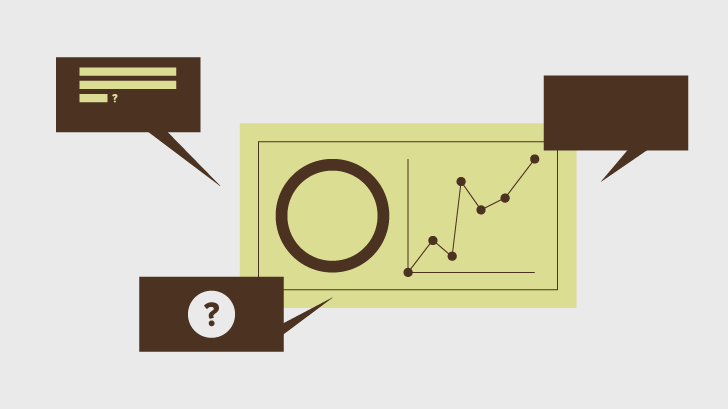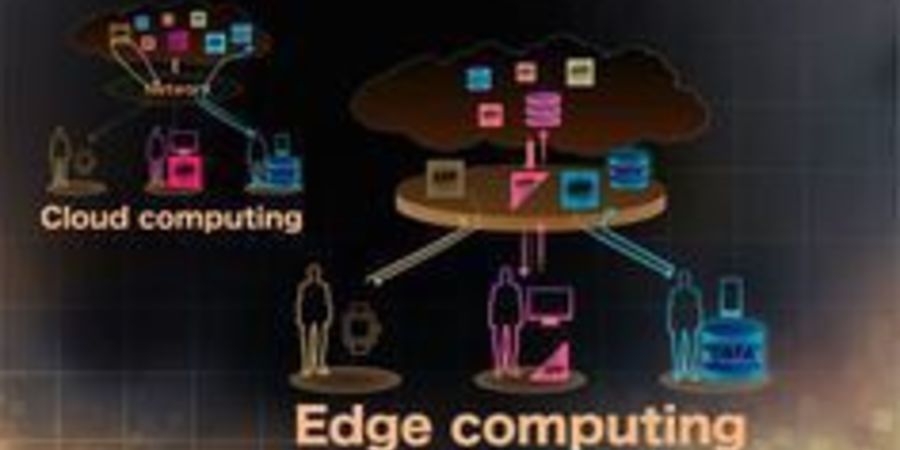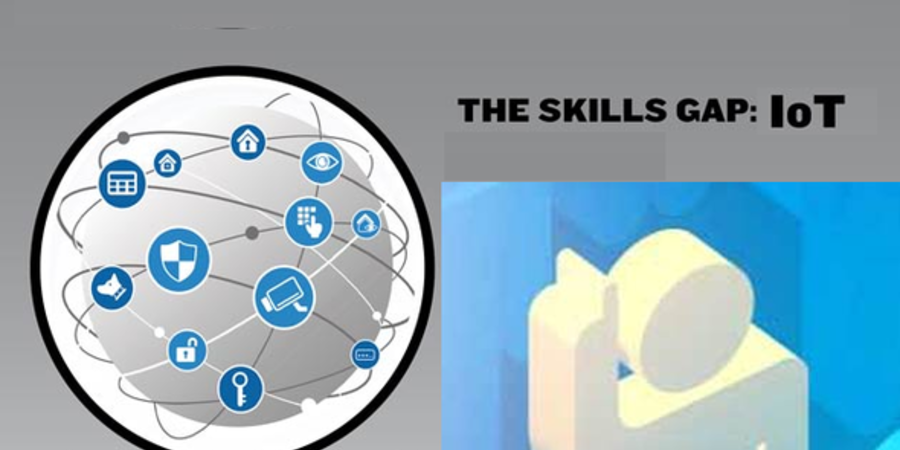The right go-to-market (GTM) strategy is needed to ensure you have product-pallet fit to reach your buyers. How your GTM adapts for a connected world is as important as reimagining your product strategy. We’ll look at how these IoT offerings are sold and bought. We will start by looking at channel partner structure in IT and OT worlds and then show them side-by-side to see the almost bewildering impact on GTM strategy when IT meets OT.



